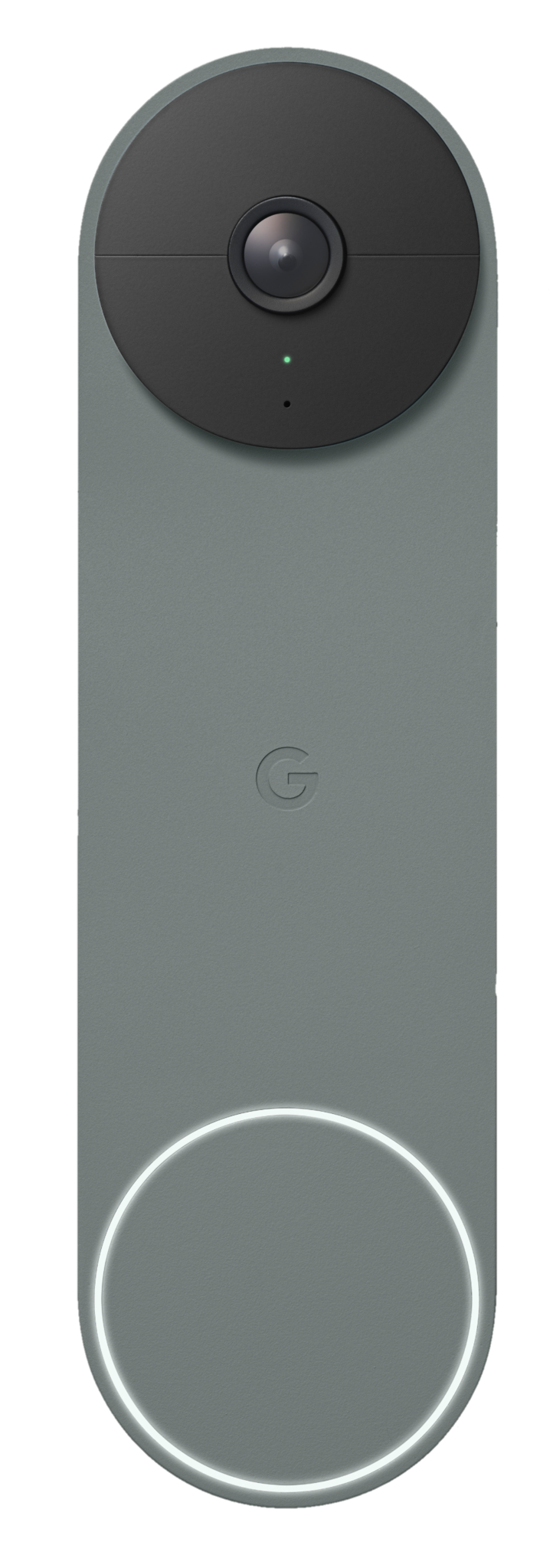The best part is they don't require a Nest Aware subscription as they have in the previous years.
What you need to know
- Google has rolled out new holiday ringtones to both the Nest Doorbell (battery) and Nest Doorbell (wired).
- The new ringtones do not require a Nest Aware subscription as they have in years past.
- You can use the holiday-themed chimes to greet your visitors until January 4, 2022.
Nest Doorbell owners can now get into the holiday spirit with the rollout of new holiday-themed ringtones for Google's best smart doorbells, including the battery-powered and wired (formerly Nest Hello) versions of the Nest Doorbell.
Like last year, the new holiday ringtones include Hanukkah, Kwanzaa, New Year's, Winter, and Christmas. However, unlike in the previous years, these ringtones are free this time around, with no Nest Aware subscription required.
Each theme features various tones including Jingle Bells, Winter Sleighbells, Ma'oz Tzur, Hanukkah Dreidel and Auld Lang Syne. The Nest Doorbells will chime with these tones when pressed by your visitors. You can listen to these chimes in the video below:
But it's not just your visitors who can listen to them: the whole family can hop in on the fun with the visitor's announcement feature, which allows Google Assistant-powered smart speakers or Nest Hubs to play the bell options indoors.
You can set up your holiday ringtones through the Google Home app or Nest app, though these chimes will vanish after January 4, 2022. However, the Nest Doorbell (battery) is only compatible with the Google Home app, so if you have an older doorbell model, you'll need to use the Nest app.
Google Nest Doorbell (battery)
Google's new battery-powered Nest Doorbell can work with any door thanks to its wire-free design. It includes an HDR camera with a 3:4 vertical field of view, a built-in speaker and microphone, and built-in smart alerts that do not require a subscription.
Source: androidcentral

